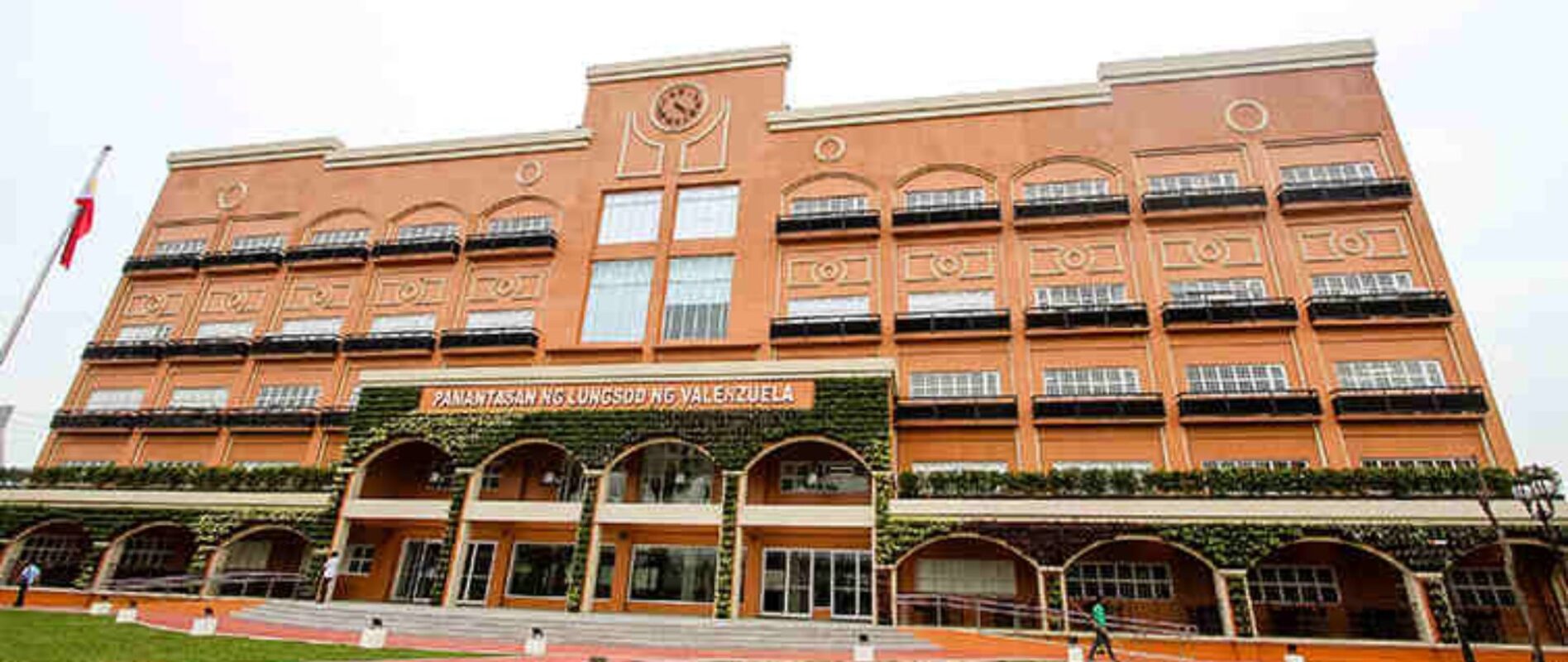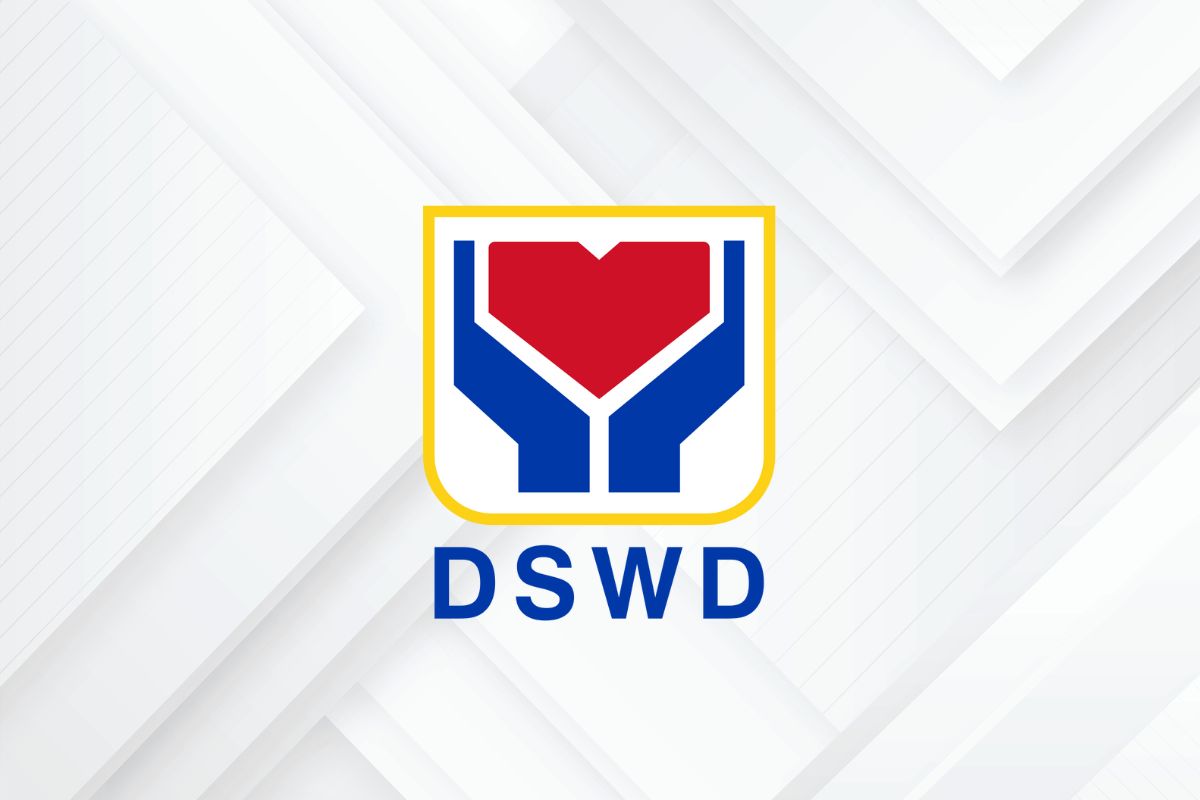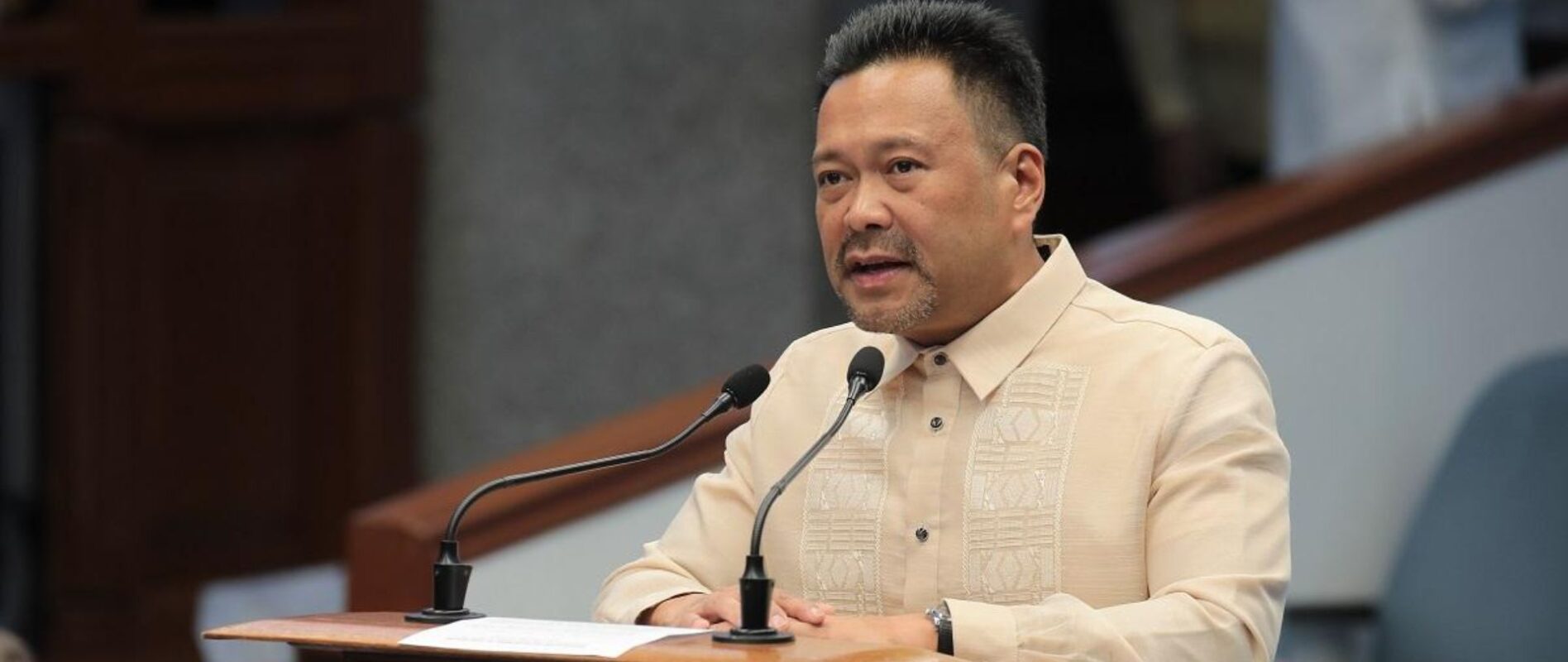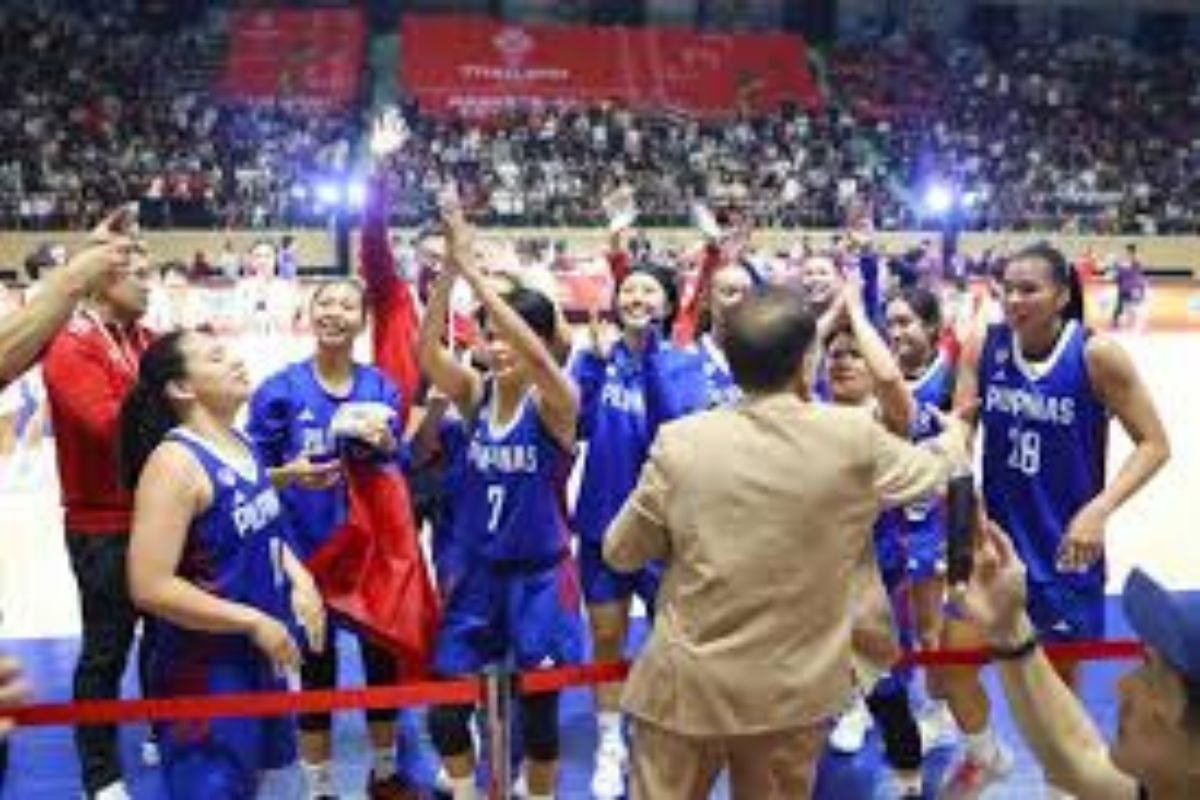UST RESEARCHERS USE COMPUTATIONAL MODELS TO SCREEN COMPOUNDS IN SARS-CoV2
A TEAM of researchers from the University of Santo Tomas, in collaboration with researchers from the Shanghai Jiao Tong University in China, created computational models to screen compounds found in SARS-CoV2, which causes the coronavirus disease.
Professor Allan Patrick Macabeo led the team alongside Abbas Khan and Dong-Qing Wei from Shanghai. The other members are Mark Andrew Mendoza, Justin Allen Lim, Jehiel Karsten Ong, and Luis Agustin Pilapil of the Research Center for the Natural and Applied Sciences; Kin Israel Notarte, Adriel Pastrana, and Rey Arturo Fernandez of the Faculty of Medicine and Surgery; Mark Tristan Quimque and Rhenz Alfred Liman of Graduate School.
“The team’s aim was to find potential drug candidates to combat SARS-CoV2. The study focused on the exploitation of fungal secondary metabolites with profound antiviral activity on a range of known pathogenic viruses such as the human immunodeficiency virus, influenza virus, herpes simplex virus, and hepatitis C virus—as potential drug prototypes against the SARS-CoV2 virus,” the researchers said.
Macabeo said the team was inspired to perform a computational-driven research that enabled the screening of compounds previously obtained from fungi against enzymes/protein playing an important role on viral infectivity and virulence of SARS-CoV2.
Through bioinformatics and computational modelling, the researchers identified compounds that can potentially hamper the attachment, replication, protein maturation and even host immunity evasion potential of SARS-CoV2.
These viral mechanisms, Macabeo said, are important virulent factors that ascertain the successful invasion and infectivity of the virus.
Macabeo and his fellow researchers fished out compounds from the antifungal library pool with promising anti-Covid19 properties under virtual conditions.
“Specifically, we found five compounds with promising anti-Covid19 properties in silico. Of note, quinazoline B, a fungal-derived natural product, was found to inhibit all five target proteins and enzymes in SARS-CoV2. Given the promising activity of quinazoline B, this prompted us to do a further study, particularly doing structural iterations of this compound to improve its antiviral and pharmacokinetic properties,” Macabeo explained.
Their Chinese collaborators helped in performing molecular dynamics simulations for the lead compounds that the Thomasian scientists identified through molecular docking and in silico ADMET profiling.














